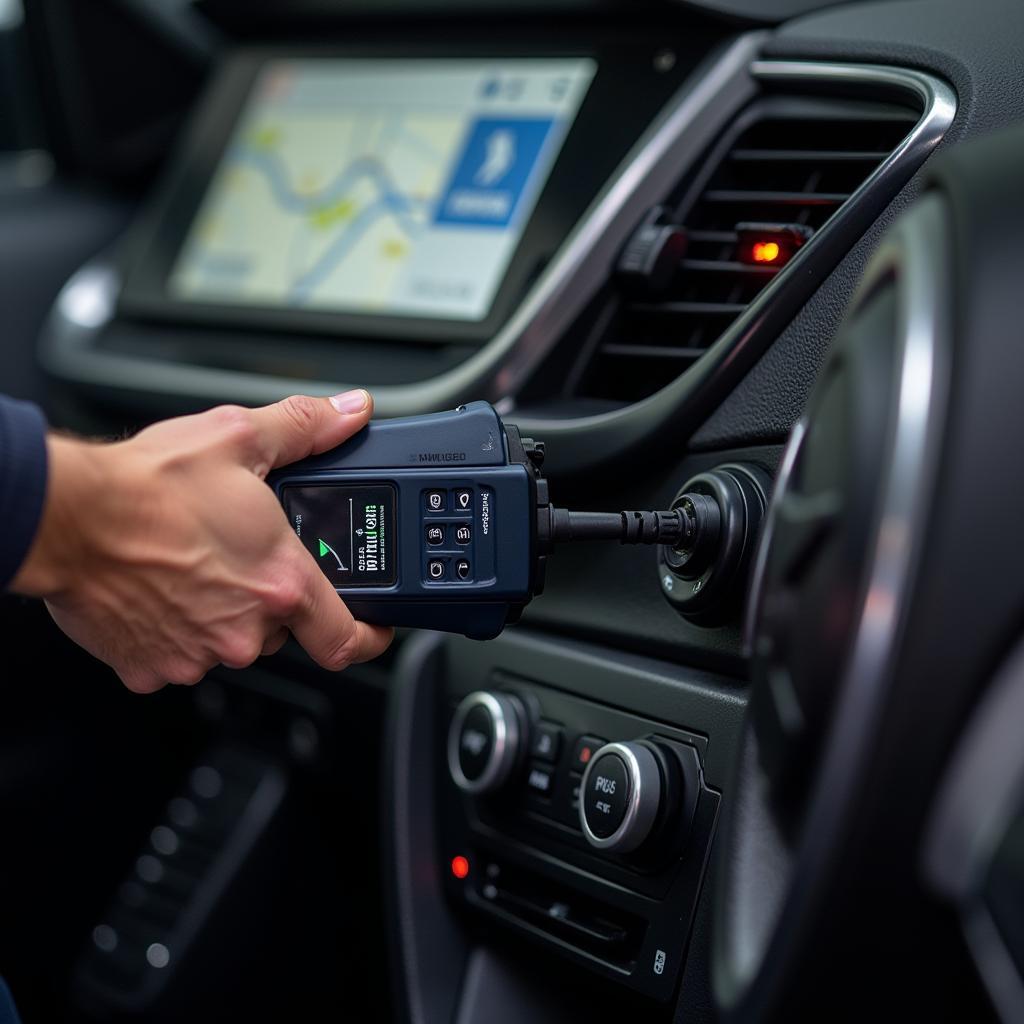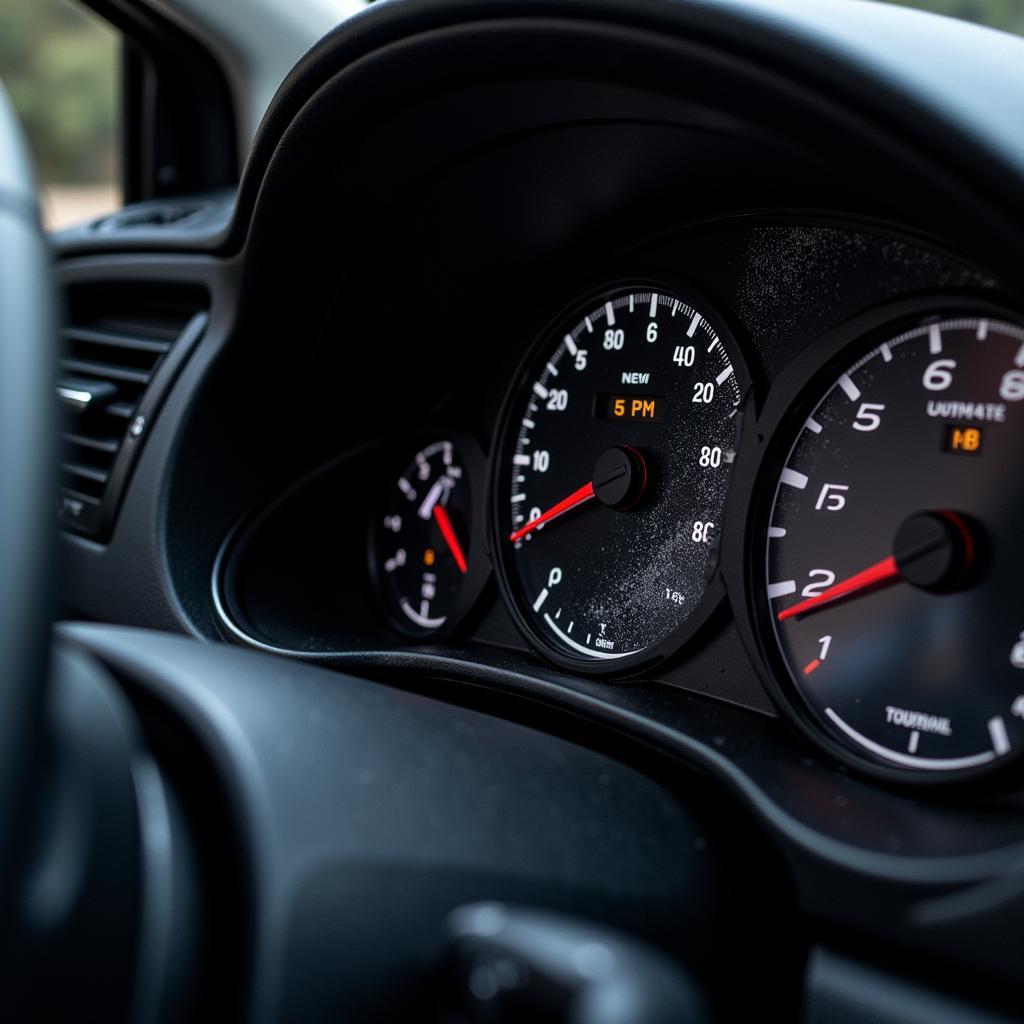When you’re eyeing a used car, the odometer reading is one of the first things you check. It’s a quick indicator of how much wear and tear the vehicle has experienced. But what if that number isn’t telling the whole story? Can a diagnostic scan reveal the truth about a car’s real mileage? Let’s dive into the world of car diagnostics and find out.
Unmasking Mileage Manipulation: The Limits of Diagnostic Scans
Here’s the truth: while a diagnostic scan is a powerful tool, it cannot directly detect mileage rollback. Think of it like this: a diagnostic scan reads the data stored in your car’s computer, like chapters in a book. If someone tampers with the odometer, they’re changing the number on the cover, not rewriting the entire story inside.
The scan primarily focuses on the engine control unit (ECU) and other modules, looking for error codes and performance data. While some vehicles store mileage data in multiple modules, it’s not a foolproof method for detecting tampering.
 Diagnostic Scan for Mileage Detection
Diagnostic Scan for Mileage Detection
Beyond the Scan: Signs of Mileage Tampering to Watch Out For
Don’t lose heart! While a diagnostic scan alone might not be the silver bullet, it can offer valuable clues. For example, a scan might reveal inconsistencies in service records or show that certain components have logged significantly fewer miles than the odometer indicates.
Here are some red flags to look out for that could signal potential mileage rollback:
-
Inconsistent Wear and Tear: Examine the car’s interior. Does the driver’s seat, steering wheel, or pedals show excessive wear compared to the mileage? Similarly, check the exterior for faded paint, worn tires, or rust that seems inconsistent with the odometer reading.
-
Suspicious Service History: Request a comprehensive vehicle history report from reputable providers like Carfax or AutoCheck. Look for gaps in service records or sudden drops in mileage between entries.
-
Physical Evidence: Inspect the dashboard and instrument cluster for signs of tampering. Look for scratches, misaligned digits, or loose screws around the odometer.
 Signs of Car Mileage Tampering
Signs of Car Mileage Tampering
The Power of Professional Inspection
When it comes to uncovering the truth about a used car’s mileage, a multi-pronged approach is key. While a diagnostic scan can provide useful insights, it’s crucial to combine it with a thorough physical inspection by a trusted mechanic.
A skilled mechanic can analyze the vehicle’s overall condition, looking for telltale signs of wear and tear that might not be reflected in the odometer reading or diagnostic data. They can also access and interpret data from other modules beyond the ECU, potentially revealing discrepancies that a standard scan might miss.
Protecting Yourself: Tips for Used Car Buyers
Buying a used car can be a smart financial decision, but it’s essential to do your due diligence to avoid falling victim to mileage fraud. Here are some tips to safeguard your investment:
-
Obtain a Pre-Purchase Inspection: Never skip this crucial step! A professional inspection can save you from costly surprises down the road.
-
Research the Vehicle’s History: Order a vehicle history report and carefully scrutinize service records for any inconsistencies.
-
Trust Your Instincts: If a deal seems too good to be true, it probably is. Walk away if you have any suspicions about a car’s mileage or history.
 Used Car Inspection Checklist
Used Car Inspection Checklist
By combining diagnostic insights with a comprehensive inspection and thorough research, you can make a more informed decision and drive away with confidence.

Leave a Reply